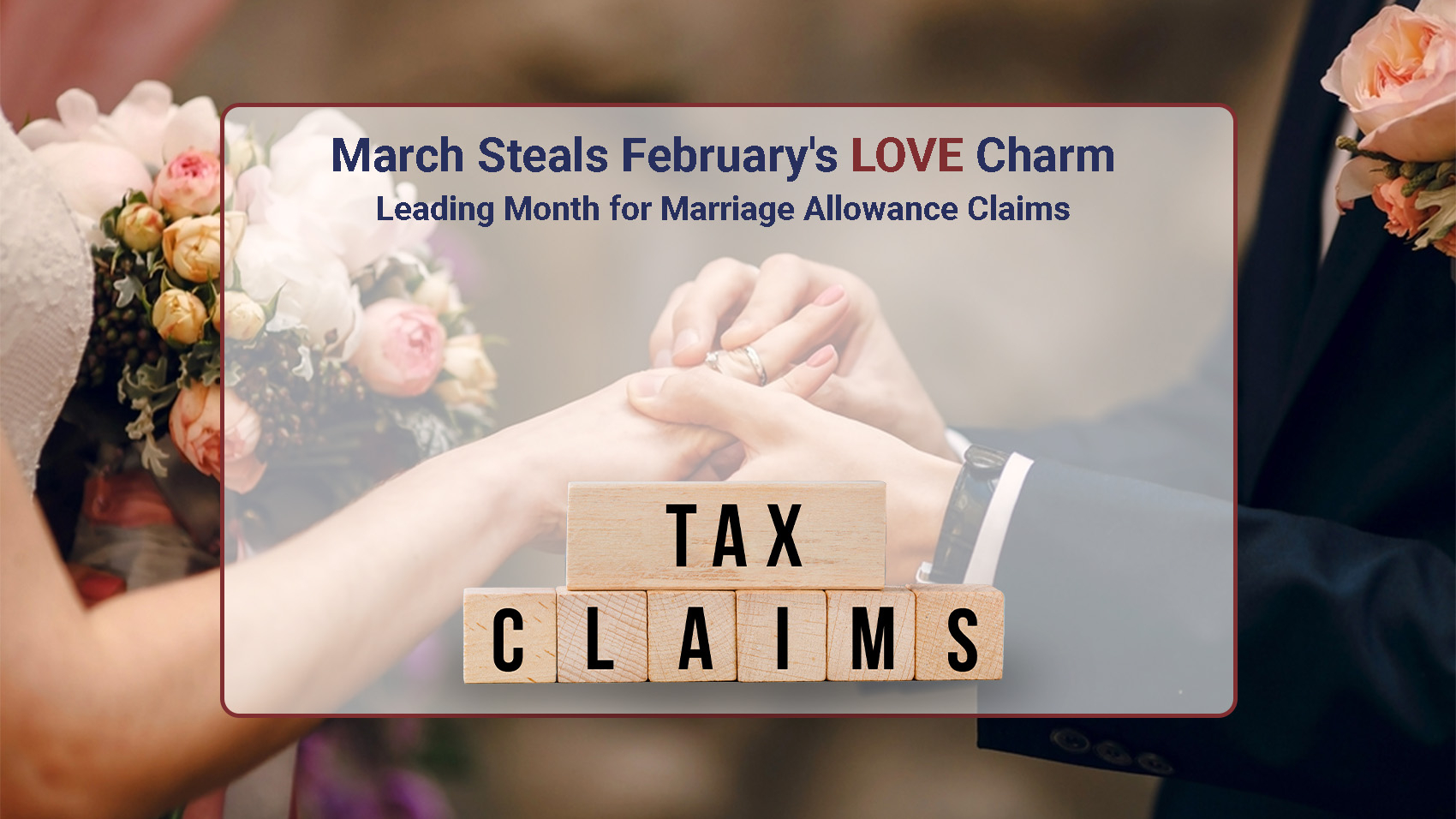As the end of the tax year approaches, couples in the United Kingdom have an opportunity to enhance their financial well-being through the Marriage Allowance scheme. This initiative, overseen by HM Revenue and Customs (HMRC), empowers married couples or civil partners to leverage unused tax allowances, potentially resulting in substantial savings and a more efficient tax strategy.
The Significance of March:
March emerges as a pivotal month in the realm of tax planning, particularly concerning Marriage Allowance applications. HMRC reports a surge in applications during this period, with almost 70,000 couples applying for the scheme last March alone. This trend underscores the importance of being proactive in managing one’s finances, especially as the tax year draws to a close.
Unlocking Financial Benefits:
The Marriage Allowance scheme presents a unique opportunity for couples to optimize their tax position and enhance their financial resilience. By transferring a portion of their Personal Allowance to their spouse or civil partner, individuals can potentially save hundreds of pounds in tax liabilities. For eligible couples, this translates into a lump-sum payment of over £1,000, along with annual tax savings of up to £252 for the 2023 to 2024 tax year.
Streamlined Application Process:
Applying for Marriage Allowance has never been easier, thanks to the user-friendly online platform provided by HMRC. Couples can conveniently assess their eligibility and submit their applications through the official GOV.UK website. This streamlined process ensures accessibility and efficiency, enabling more individuals to benefit from the scheme’s financial advantages.
Expert Insights:
Angela MacDonald, HMRC’s Deputy Chief Executive and Second Permanent Secretary, emphasizes the tangible benefits of Marriage Allowance for eligible couples. By reducing the collective tax burden by up to £252 per year, the scheme enables households to retain more of their hard-earned income. MacDonald encourages individuals to explore the potential savings offered by Marriage Allowance and underscores the importance of taking proactive steps to optimize their tax affairs.
Eligibility Criteria:
To qualify for Marriage Allowance, one partner must have an income below the Personal Allowance threshold of £12,570, while the other partner’s income must fall within the range of £12,571 to £50,270 (£43,662 in Scotland). These eligibility criteria ensure that the scheme targets couples with varying income levels, providing assistance to those who stand to benefit the most.
Maximizing Benefits:
Marriage Allowance enables individuals to transfer up to 10% of their tax-free Personal Allowance to their spouse or civil partner, depending on the prevailing tax year’s allowances. This flexibility empowers couples to tailor their tax strategy to their specific circumstances, optimizing their financial position and maximizing potential savings.
In conclusion, the Marriage Allowance scheme offers a valuable opportunity for couples in the UK to optimize their tax position and secure financial benefits. By leveraging unused tax allowances and taking advantage of the streamlined application process, eligible couples can unlock significant savings and enhance their overall financial well-being. As March approaches, now is the ideal time for couples to explore the potential advantages of Marriage Allowance and take proactive steps to secure their financial future.

